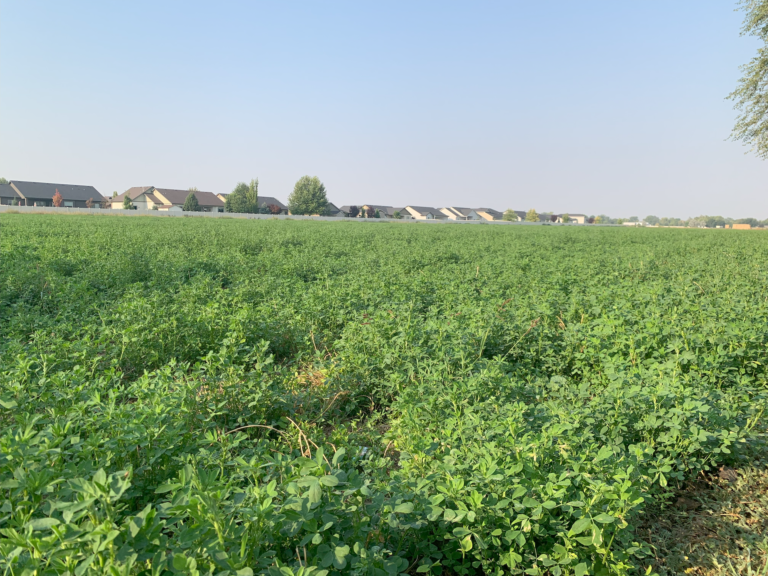Alcohol use is widely accepted in the US, but even moderate consumption is associated with many harmful effects
Christina Mair, University of Pittsburgh
Leer en español.
This month, millions of Americans are taking part in “Dry January” in an effort to forgo alcohol for a month and cleanse themselves of the excesses of the holiday season.
Alcohol is the most widely used drug in the world, including in the U.S.
In 2020, nearly 70% of people ages 18 and older in the U.S. said they had consumed an alcoholic drink in the previous year, according to the National Survey on Drug Use and Health. Additionally, 24% of people reported binge drinking – defined for women as four or more drinks per occasion and five or more drinks per occasion for men – in the previous month.
Ad Title
ARTICLE INLINE AD
















